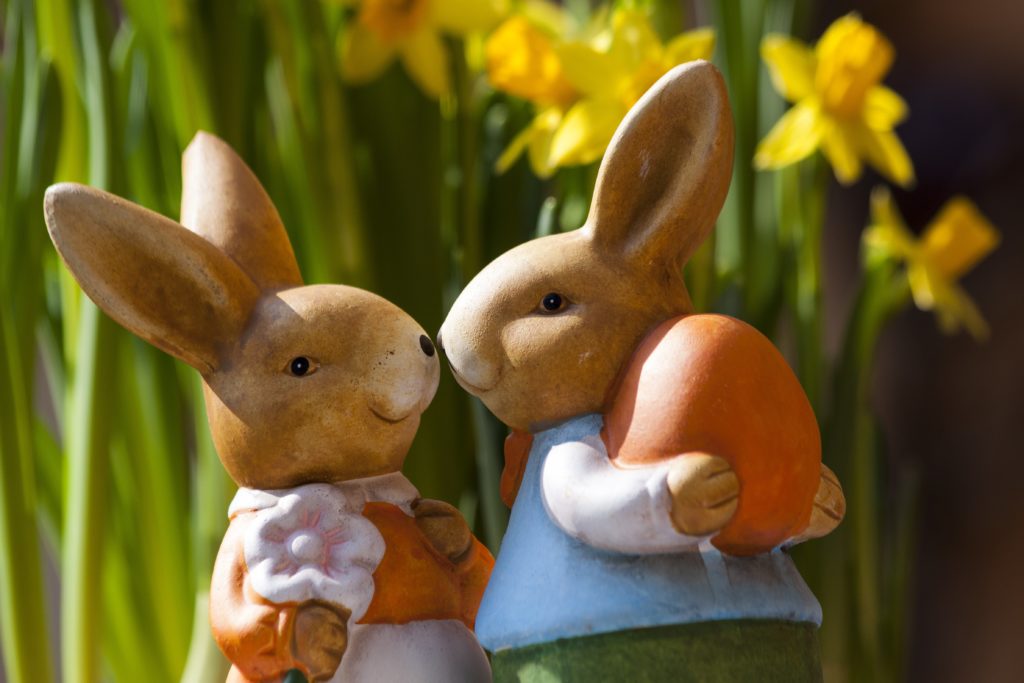
Ostara, another name for Vernal Equinox or the first day of Spring, centers on rebirth.
One of my favorite phrases, a personal motto of mine, is “Hope Springs Eternal.” The words are so ripe and full of potential, like a tight blossom ready to break free of its own bindings. Hope is something we hold deep within ourselves until it is ready to be born into purpose.
What is Ostara?
Ostara is the Spring Equinox. Until the summer solstice, the nights will get shorter and the days longer. People have been celebrating this turning point for millennia.
In ancient times Spring brought hope after a long, hard winter. Its return celebrated continued life and the explosion of plant life (and other sacred foods, like the egg) that would bring much-needed nutrients after a bland diet of stored food and scarcity.
Various ancient cultures all over the world built stone monuments. People made them to align with the unique position of the sun at particular times, like the equinox. This showcases the importance of this season to ancient people. The sun signifies rebirth as it rises to create each new day.
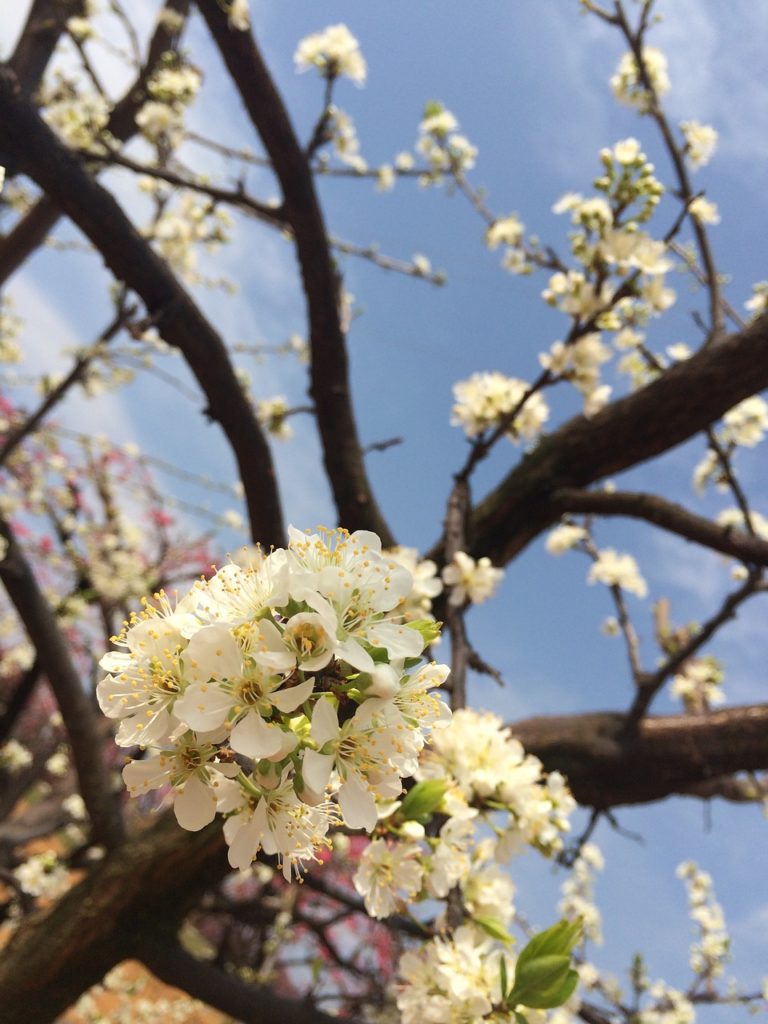
Who is Ēostre?
Whenever the Spring Equinox harkens, there is always a lively debate among Pagans and other non-Christians (not to mention between Pagans and Christians) about the origin of the name Easter.
Many Pagans call the Spring Equinox Ostara. Yet, others have many questions about where this name comes from and if we should even be calling it that. This debate is often heated and focuses on whether there is any proof that Ēostre was actually a Goddess honored by early Germanic and Anglo-Saxon cultures.
Those who argue that there is a historical basis for her existence in the past believe that Ēostre was a Springtime Goddess. Many advocates also associate her with the dawn and the cardinal direction East, based on her name’s etymology. Of course, it is easy to see from the start that her name is closely related to the more familiar holiday, Easter.
Researchers have been making an argument for her existence based on an interesting archaeological finding outside of Bonn, Germany, in 1958. Jacob Grimm strongly advocated that the Goddess Ēostre was an actual deity of Pagan Germanic culture and the basis for the Spring Equinox celebration. Interestingly, the discovery supports his research during the 1800s into the Proto-Germanic language and his subsequent findings.
Learn more about this discovery in the March Seasonal Guide, Hope Spring Eternal.
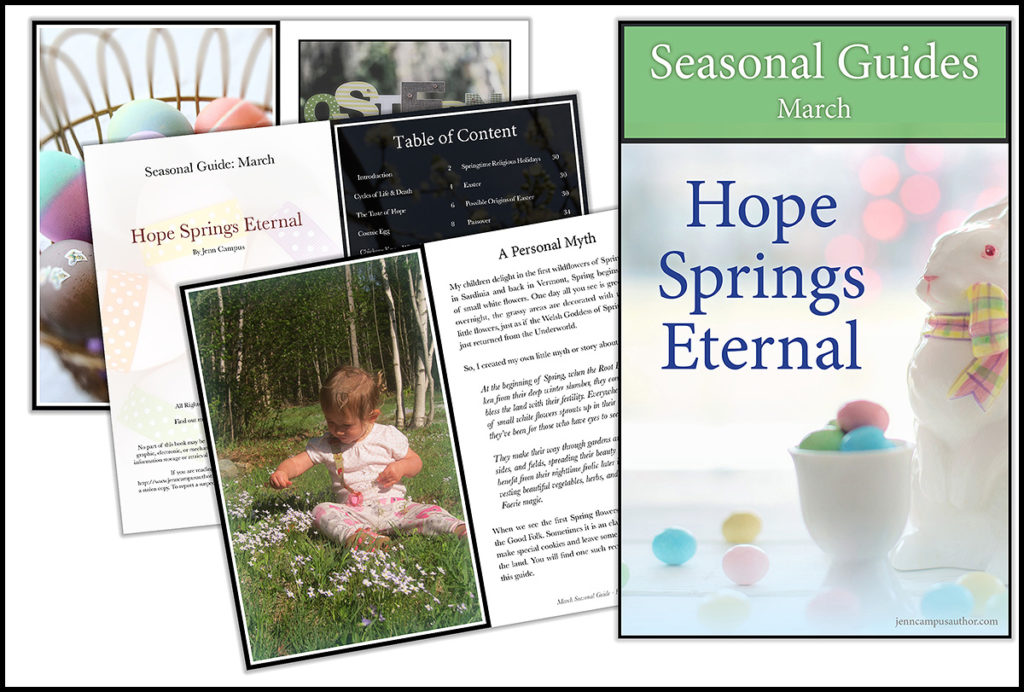
Why Do We Celebrate Ostara?
Springtime is a season of hope and renewal where we are often called to new ideas and dreams. Spring reminds us that there is always vibrancy after periods of darkness. Ostara is the moment we have been waiting for since the Winter Solstice, as the light has been slowly building, the days getting a little longer each week. The time for life to begin anew.
The Cosmic Egg
Many different cultures have a myth about the Cosmic Egg. It cracks open to give birth to all that exists. It is easy to understand its symbolism. All life begins in the darkness, whether inside an egg, a seed, or a womb. It must burst forth in its own time to come into the light and into life.
Eggs are a precursor to life. So, it’s natural that the Cosmic Egg and its symbolism feature in many celebrations which hover around the Vernal or Spring Equinox, including Ostara. The symbol of the Cosmic Egg is the basis for the many egg decorating traditions that occur this time of year.
Eggs are actually a seasonal food. Chickens are tropical birds, so they naturally lay when they get at least 12 hours of sunlight a day. We get eggs year-round now because farmers use lights and heat lamps to mimic a chicken’s ideal environment.
I expect the first Spring egg was a taste of hope for our Ancestors. Late winter/early spring is when people who live with the land are most vulnerable to starvation. Food stores get low, and there are no fresh greens or eggs until the time is right for them to spring forth, like a gift when it’s most needed.
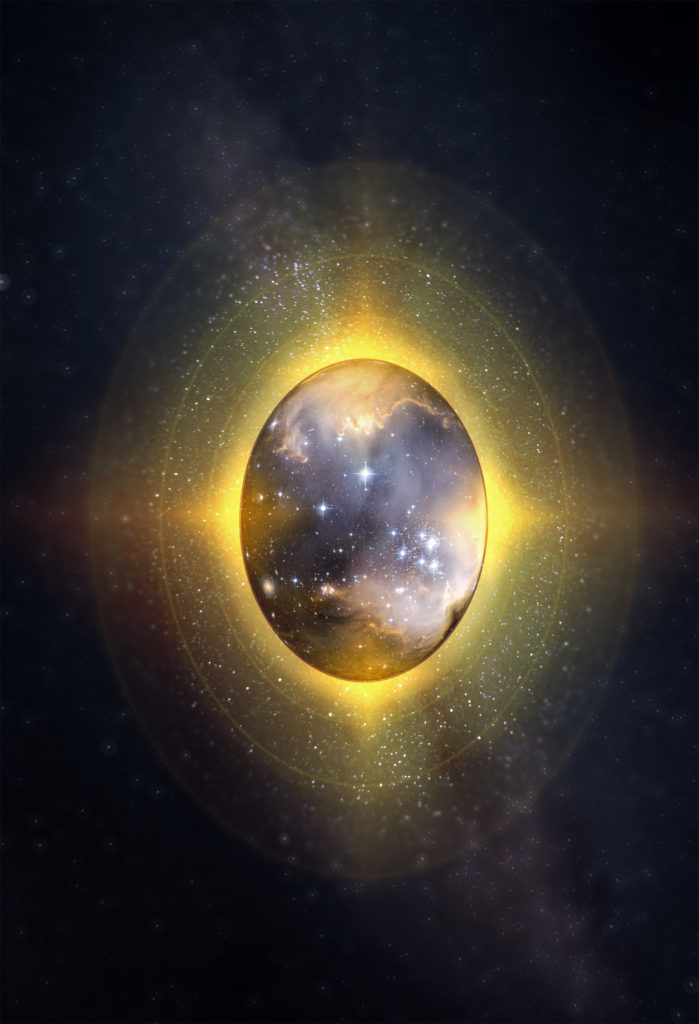
How Do We Celebrate Ostara?
Rebirth and hope are the main themes of Spring and Ostara. Here are some fun and simple ways to celebrate.
- Plan a Garden – This is the time of year when seed catalogs begin coming to mailboxes. So why not plan a garden? Even if you don’t have space for a large garden, try containers. Herbs, cherry tomatoes, even potatoes grow very well in containers.
- Take a walk and look for emerging signs of new plant life. If you don’t recognize the plant, take a picture and research what it is. This is a great exercise to learn about the plants in your region.
- Do a spring cleaning of your house and your closet. Get rid of things that no longer jive with the life you wish to live. Then donate them, where they have the chance to live another life with someone who will cherish them.
- Color Eggs. Try using natural dyes. You can use yellow onion skins to create yellow, beets to make pinks and reds. Here is a guide to natural egg dying by Better Homes and Gardens <<https://www.bhg.com/holidays/easter/eggs/natural-easter-egg-dyes/>>
- Create a Spring Feast – Make Scotch Eggs and Fairy Tea Cookies. Then take them on a picnic. Round out the menu with a new potato salad and some fresh greens, familiar Spring produce.
Old Ways for Modern Days Podcast Episode
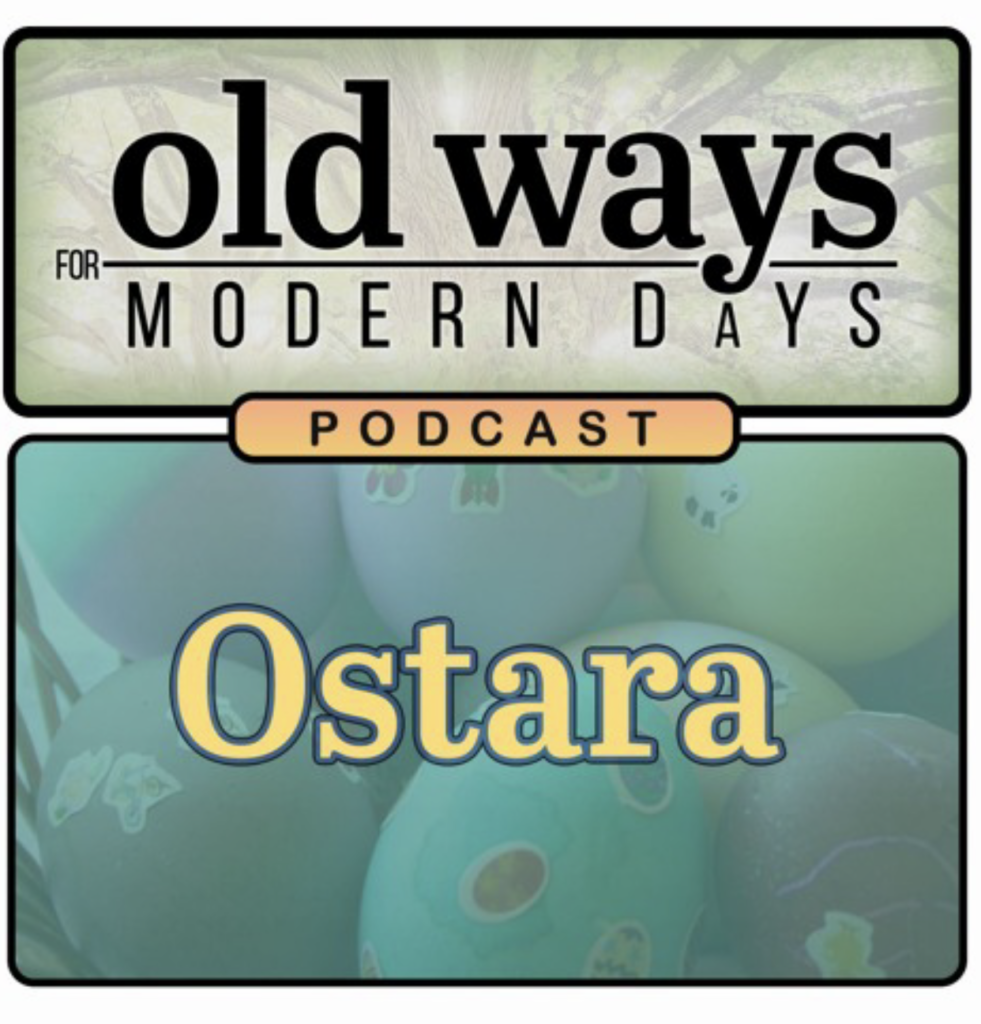
In this 30-minute episode we will connect to our own sense of hope deep in the womb of Mother Earth, while exploring some of the most common symbols & celebrations of rebirth during Spring.
💐 I’ll give you some practical yet powerful ways to sink into this turning of the wheel.
*Hope Springs Eternal
*The Eruptive Magic of Artichokes
*The Cosmic Egg
*The Sacred Marriage
*Ostara & the Raging Ēostre Debate
*European Spring Goddesses
*My Short Story about the Fae Folk & Return of Spring
*Fun & down-to-Earth ways to celebrate Spring!
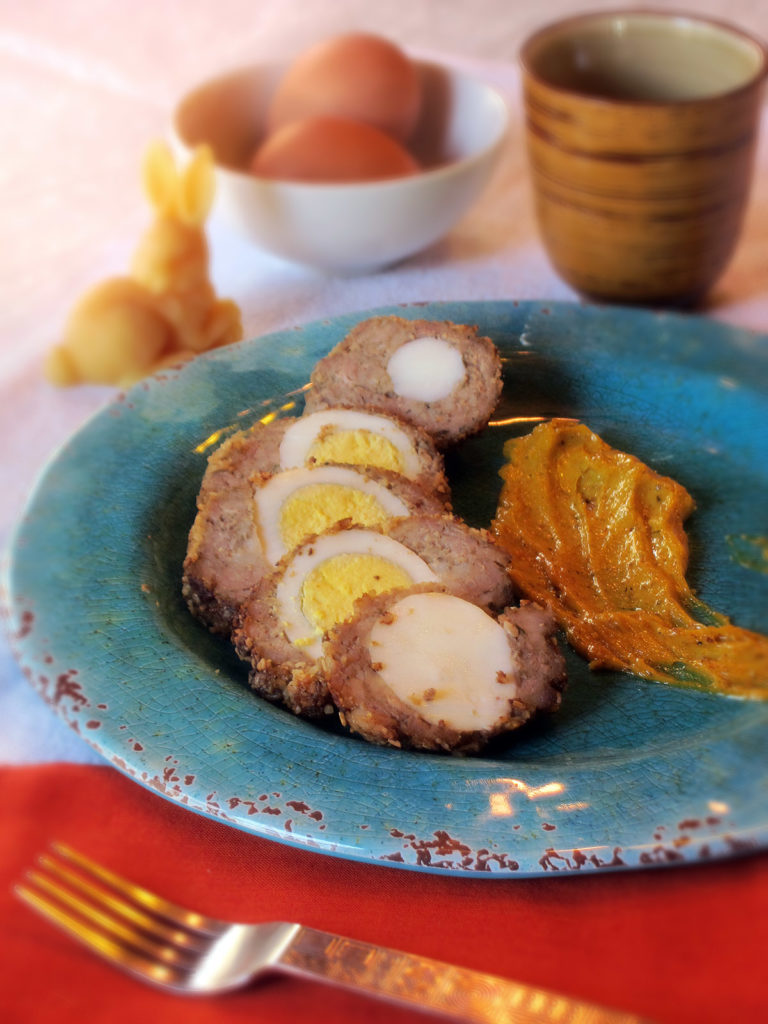
Scotch Eggs for Ostara
These Scotch eggs are a beautiful culinary tribute to Ostara. A hard-boiled egg, covered in a shell of sausage, cracked open and devoured- now there is a great way to celebrate Spring!
The origin of Scotch eggs is not known. The earliest printed recipe is from 1809, although the London department store Fortnum and Mason claims they invented the Scotch Egg in the mid-1700s. In this interpretation, I have served it with a curry mayo. The color reminds me of Spring and longer, sunnier days ahead.
Take a moment to thank the source of your food and all involved in getting it to your plate (including the person who cooked it!). If you have any backyard chickens, this is a perfect time to thank them for their gifts.
INGREDIENTS:
- 4 organic eggs
- 1 lb. of sausage
- ⅓ cup oats (you can alternately use cornmeal or almond meal)
- pinch of salt
- pepper to taste
- ¼ cup olive oil
- ¼ cup mayo (I use homemade)
- 1 ½ teaspoons curry powder
METHOD:
- Boil the eggs – How to Make Perfect Boiled Eggs: Boil water in a medium pan. Gently add the eggs to the water and boil them for 7-9 minutes, depending on how soft (or not) you like the middle to be. The eggs pictured went for the full 9 minutes. Immediately remove the eggs from the water and run them under cold water or place them in a bowl of cold water. After about 5 minutes, they will be cool enough to touch. At this point, peel the eggs and set them aside.
- Get your skillet ready – Heat up a cast-iron skillet over medium heat.
- Tuck the eggs in – Take ¼ of the sausage, make a flat pancake out of it, place one egg in the center, and carefully wrap it entirely in the sausage. Then roll the whole thing in the oats. Do the same procedure using the rest of the eggs, sausage, and oats.
- Cook Scotch Eggs & Prepare Curry Mayo – Add olive oil to the warm cast iron skillet. Place the Scotch eggs in the skillet and brown on all sides, about 3-5 minutes each side (15-20 minutes total). While the eggs are cooking, you can mix the mayo and curry powder together and reserve until serving time.
- Enjoy! These can be served immediately or cooled and refrigerated for picnic food!
Related Posts:
The Earth is Our Mother: (Earth, Arbor & Yggdrasil Day)
Thorn & Hedge Magic for Spring

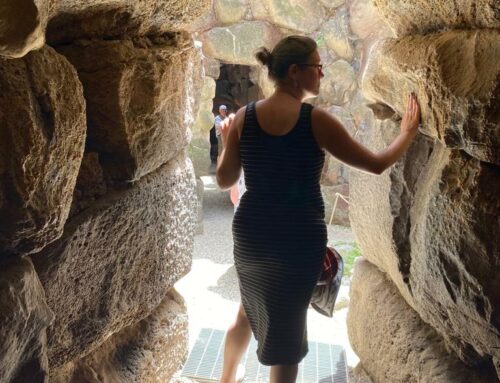


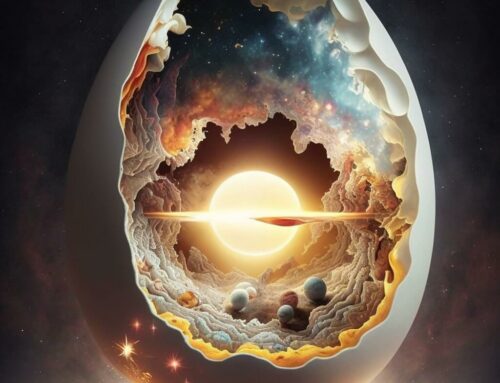
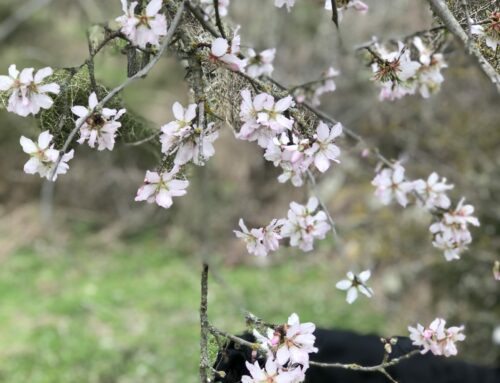

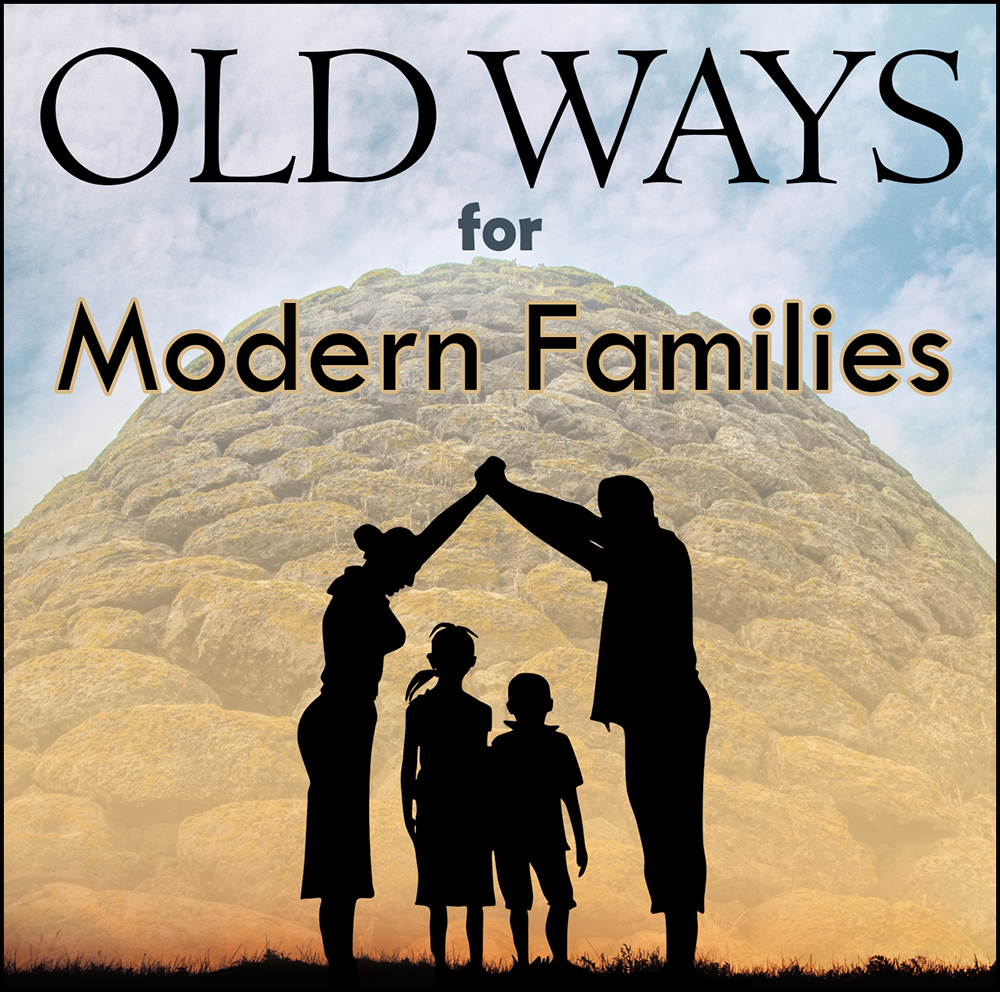
Leave a Reply